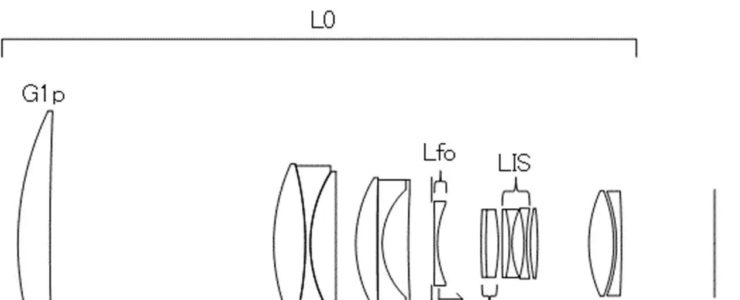Canon Patent: RF 300mm f/2.8 IS And RF 400mm f/2.8 IS
And yet another Canon patent application: two telephoto fast primes for the RF mount.
Canon patent application 2023104022 (Japan, published 7/28/2023) discusses optical formulas for two fast telephoto prime lenses for the RF mount: RF 300mm f/2.8 IS and RF 400mm f/2.8 IS.
From the patent literature:
Optical System and Imaging Device Having the Same
Description of the Related Art
An optical system used in an imaging apparatus is required to be compact and lightweight as a whole, and to have high optical performance capable of satisfactorily correcting various aberrations including chromatic aberration. As a compact optical system, a so-called telephoto type optical system is known in which a lens group with positive refractive power is arranged on the object side and a lens group with negative refractive power is arranged on the image side. However, in the telephoto type optical system, the longer the focal length, the larger the entire system, and the use of a lens with a large diameter or a heavy lens tends to increase the weight of the entire optical system.
Example 1
- Focal length: 294.99
- F-value: 2.90
- Half angle of view: 4.19
- Image height: 21.64
- Overall length: 280.25
- Back focus: 37.47
Example 2
- Focal length: 390.00
- F-value: 2.90
- Half angle of view: 3.18
- Image height: 21.64
- Overall length: 370.50
- Back focus: 37.00
More Canon patents are listed here.
[via asobinet]






